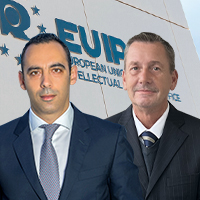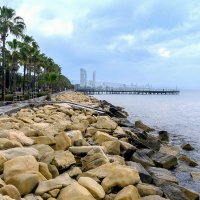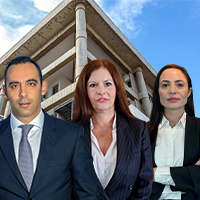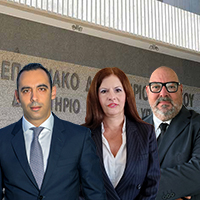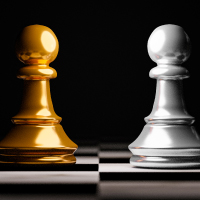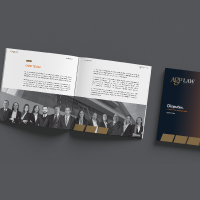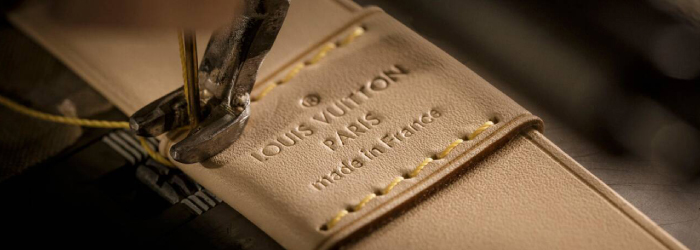
The French luxury fashion house and company Louis Vuitton Malletier, referred to as “Louis Vuitton”, was established in 1854 by Mr. Louis Vuitton. Ever since its inception, it has been one of the biggest luxury fashion brands recognized and adored worldwide by the public.
From 2006 to 2012, Louis Vuitton was named the most valuable luxury brand in the world for six consecutive years. Its valuation reached USD25.9 billion in 2012. It is estimated that Louis Vuitton’s net worth (as of October 28th, 2022) stands at USD326.49 billion.
Louis Vuitton Malletier has approximately more than 18,000 registered intellectual property rights including design rights, trademarks, patents and copyrights. There is a zero-tolerance policy against counterfeiting when it comes to this brand, and for this reason the company goes the extra mile when it comes to the protection of their intellectual property assets.
Background Facts of the Dispute
Louis Vuitton had obtained from the International Bureau of the World Intellectual Property Organisation (hereinafter “WIPO”) on 4 November 2008 with international registration No 986207.
According to the Nice Agreement Concerning the International Classification of Goods and Services for the Purpose of Registration of Marks of 15 June 1957, the goods covered by the contested mark were in Class 18 and matched the description of different types of bags, cases, wallets, umbrellas and sunshade boxes made of leather or imitation leather, trunks, travelling bags and other.
On June 25th, 2015, an application was filed with EUIPO by Mr. Norbert Wisniewski for a declaration of invalidity of the Damier Azur trademark (recognizable as checkerboard pattern.
On December 14th, 2016 the request for declaration of invalidity was granted by the Cancellation Division.
Louis Vuitton filed a notice of appeal with the EUIPO on February 3rd, 2017 in opposition to the Cancellation Division’s decision.
The EUIPO’s Second Board of Appeal rejected the appeal on November 22nd, 2018 due to a lack of demonstration that the contested mark had acquired distinctive character through use, and that the mark lacked distinctive character by definition.
Louis Vuitton appealed to the Second Board of Appeal’s decision by filing an application with the General Court on February 20th, 2019, but on June 10th, 2020, the Court issued a ruling that reversed the Second Board of Appeal’s decision. The dispute was referred to the Fifth Board of Appeal following the judgment of June 10th 2020. After reviewing all of the submitted evidence, the Fifth Board of Appeal dismissed the action in the contested decision.
Court Decision
On October 19, 2022, the General Court of the European Union sided with EUIPO and decided that Louis Vuitton “has not… demonstrated that the contested mark had acquired distinctive character through its use in all Member States of the European Union,” which necessitates the complete dismissal of the action.
The decision was made after evaluating all of the evidence provided by the trademark holder and the Court outlined the factors that determined the dismissal as being:
- How frequently, intensely and for how long the mark has been used by the general public;
- The market share held by the mark;
- The amount of money the owner of the trademark has spent advertising the mark;
- The proportion of the relevant public that, based on the mark, recognizes products as coming from a single source;
- Statements from trade and professional organizations like chambers of commerce and industry;
- Customer service evidence.
The decision demonstrates once more, from a broader perspective, that distinctiveness, whether inherent or acquired, is a real issue when it comes to trademarks of this kind, and the path to a finding of acquired distinctiveness is certainly not an easy one.
The information provided by A.G. Paphitis & Co. LLC is for general informational purposes only and should not be construed as professional or formal legal advice. You should not act or refrain from acting based on any information provided above without obtaining legal or other professional advice.
For further information please contact us.






